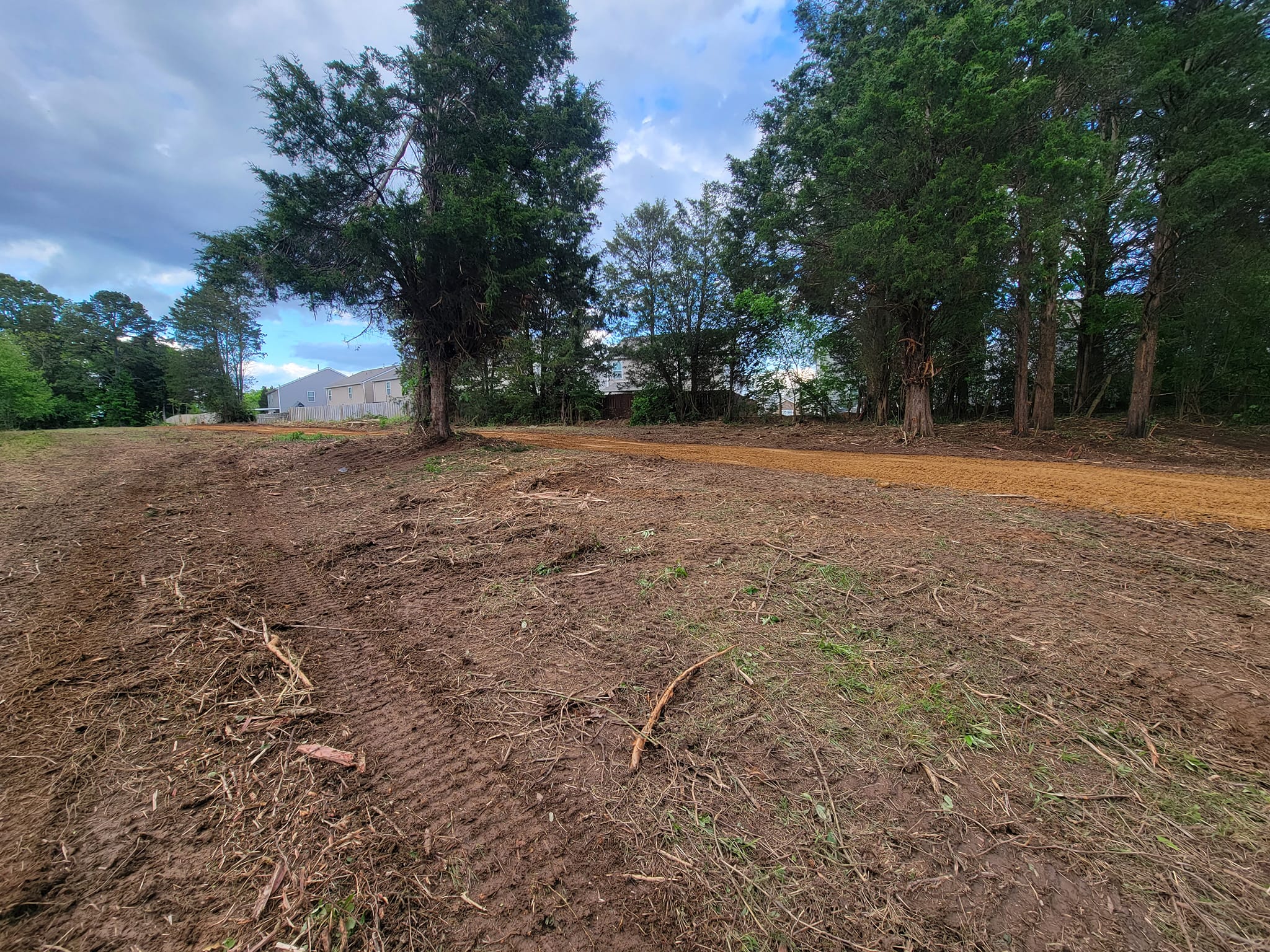
Safety First: Best Practices for Excavation and Earthmoving Sep 01, 2025
Understanding Ground Conditions
The first step in safely managing any excavation project is understanding the ground conditions. Before commencing any digging, it's crucial to conduct a thorough site investigation. This assessment will reveal the type of soil, its stability, and any possible hazards such as underground utilities or water sources. By identifying these potential risks early, our team can devise strategies to mitigate any dangers and ensure a safe working environment.
Proper Planning and Design
Planning is pivotal to minimizing risks on the job site. A well-thought-out project plan includes clear procedures for all phases of excavation, from initial ground breaking to the final stages of earthmoving. This design should define safe entry and exit points, identify necessary safety equipment, and establish protocols for bad weather or unforeseen hazards. At Carter's Grading Services, careful planning is integral to our operations, ensuring no detail is overlooked in the quest for safety.
Stability and Support
Ensuring the structural stability of surrounding ground and structures is a critical part of earthmoving safety. Depending on the depth and type of soil, measures such as shoring, benching, or sloping may be required. These techniques prevent cave-ins and keep workers safe while they perform their tasks. Our team employs industry-standard solutions, regularly inspecting trenches and excavation sites to ensure ongoing stability.
Use of Protective Gear
Personal protective equipment (PPE) is vital in minimizing risk to the crew during excavation. Hard hats, steel-toed boots, and high-visibility vests are standard requirements on all Carter's Grading Services sites. Additionally, our workers are trained to use other necessary equipment like gloves, hearing protection, and safety harnesses. By ensuring everyone is appropriately equipped, we prioritize our team’s safety against potential site hazards.
Regular Safety Training
Continuous training and development are essential in maintaining a culture of safety. At Carter’s Grading Services, we ensure that every team member undergoes regular safety training sessions. This training keeps our crew informed about the latest safety protocols, equipment handling, and emergency procedures. Knowledge is power, and by empowering our workers with up-to-date information, we reduce the chance of accidents on site.
Effective Communication
Effective communication among crew members is another critical aspect of excavation safety. Clear communication channels must be established to relay important instructions and updates. Whether it involves signaling during equipment maneuvers or updating team leaders on site conditions, our approach ensures that everyone is informed, thus significantly enhancing overall safety.
In conclusion, when it comes to excavation and earthmoving, following safety protocols is non-negotiable. At Carter's Grading Services, we embed safety in every aspect of our operations—from understanding ground conditions to using PPE, planning meticulously, and ensuring continuous safety training. By putting safety first, we protect our workers and guarantee the success of our projects, ensuring peace of mind for our clients and our team. As you embark on or manage any excavation or earthmoving task, remember that safety must always be the cornerstone of your strategy.
/filters:no_upscale()/media/8b357a1a-035f-40fe-b0ff-58adc03fcc90.jpg)
/filters:no_upscale()/filters:format(webp)/media/06c25902-cf9d-4668-92b0-34a5b1860695.jpg)